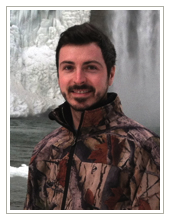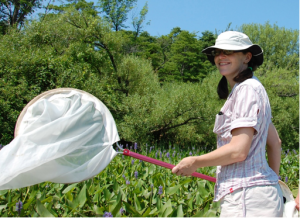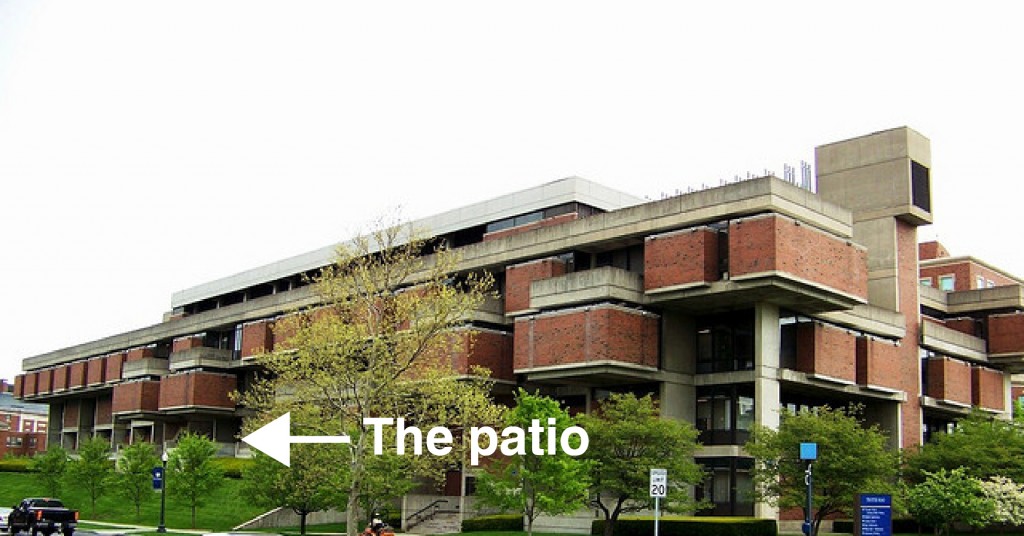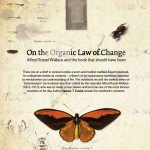 Yasir Ahmed is hosting Dr. Scott Taylor’s visit this Friday. A Cornell Center for Comparative and Population Genomics Fellow, Dr. Taylor has been an avid birder since childhood. He received his B.S. in wildlife biology from the University of Guelph and his Ph.D. in evolutionary biology from Queen’s University in Kingston, Canada. At Queen’s he studied the evolutionary genetics of blue-footed and Peruvian boobies and spent a few months in Peru and Chile living on the Guano Islands.
Yasir Ahmed is hosting Dr. Scott Taylor’s visit this Friday. A Cornell Center for Comparative and Population Genomics Fellow, Dr. Taylor has been an avid birder since childhood. He received his B.S. in wildlife biology from the University of Guelph and his Ph.D. in evolutionary biology from Queen’s University in Kingston, Canada. At Queen’s he studied the evolutionary genetics of blue-footed and Peruvian boobies and spent a few months in Peru and Chile living on the Guano Islands.
During his summers as an undergrad, Scott worked as a naturalist at Rondeau, a provincial park in Ontario, and he returned there as the natural heritage education specialist before starting his postdoc at Cornell’s Laboratory of Ornithology. Rondeau is a major migration stopover on the north side of Lake Erie, and Scott continues to lead beginner and advanced bird hikes there.






